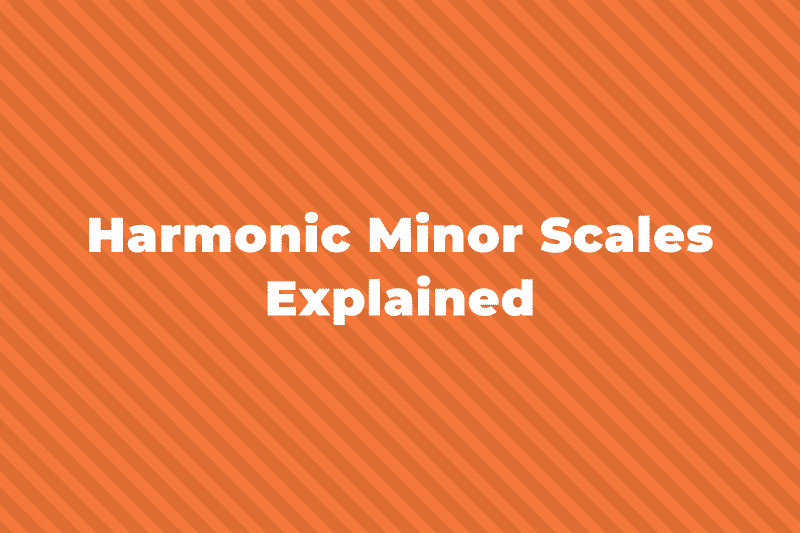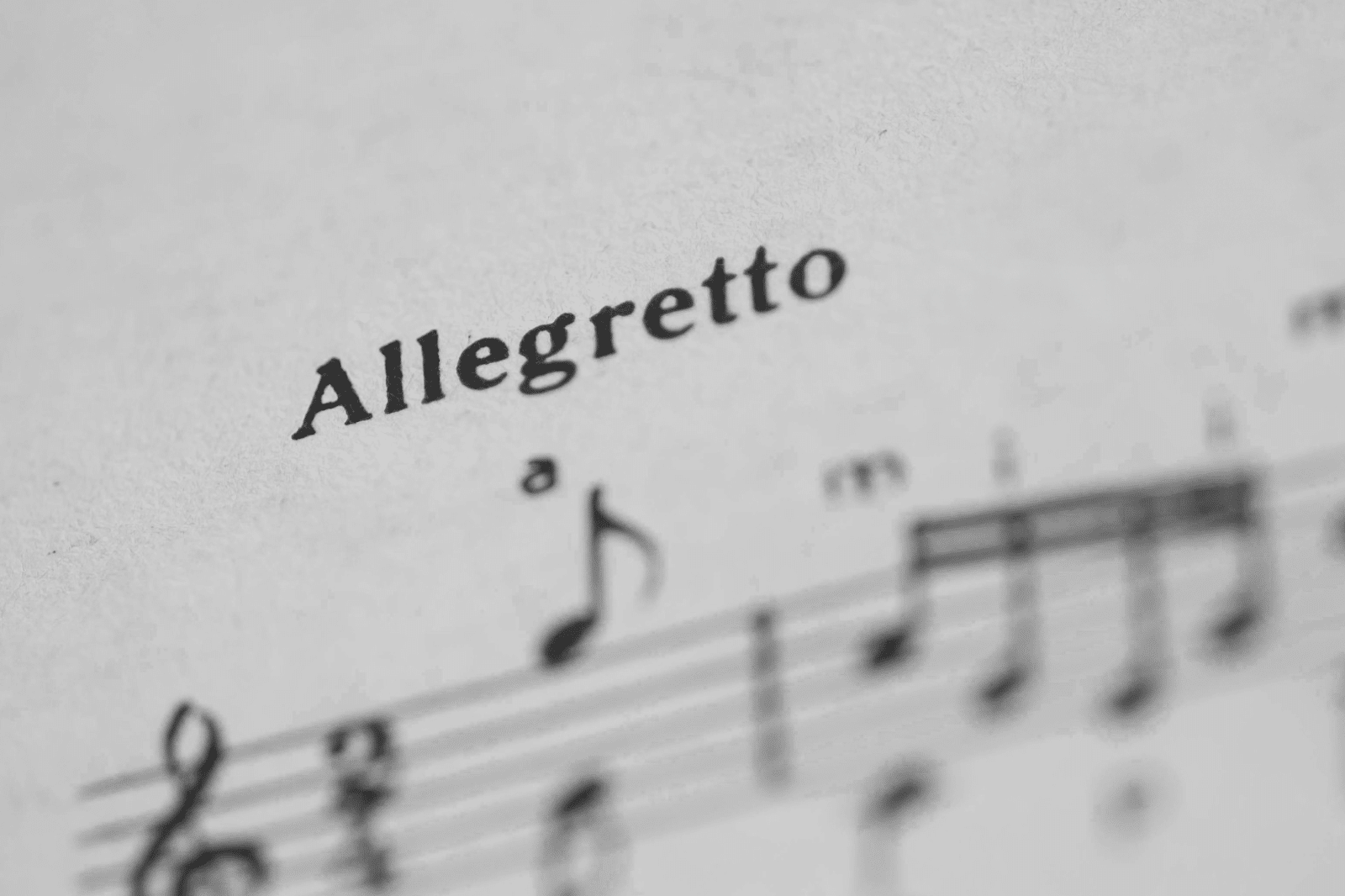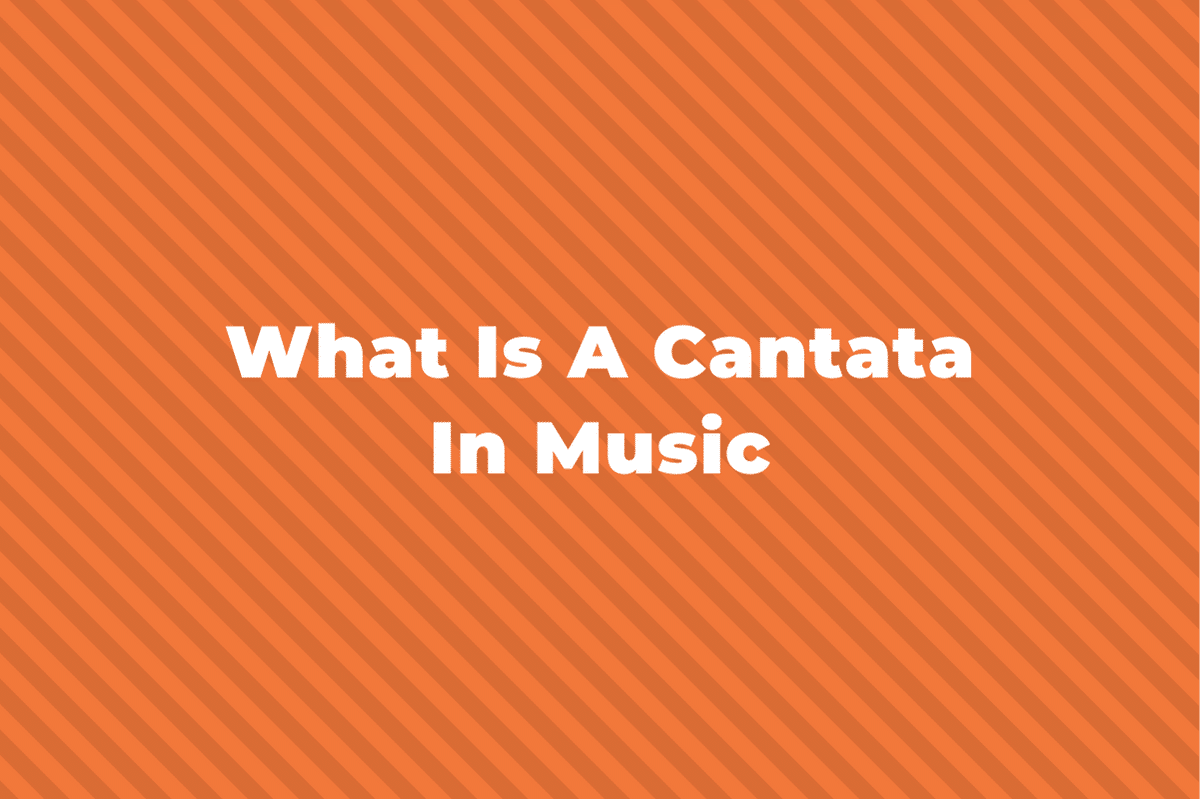Very little comes as close to perfection in this world as a superbly performed aria. All across the world, audiences sit enthralled by the vocal virtuosity of the great operatic talents of our day.
And, as a way to relieve stress after a tiring day, nothing approaches the enjoyment of listening to songs from your favorite opera.
Within the classical forms of musical expression, whether they be opera, cantata, or oratorio, the aria is an opportunity for an opera singer to exhibit his or her full talent.
In this post, we’re going to explore exactly what is an aria in music and discover some of its hidden mysteries.
Definition of an Aria
Derived from the Italian word meaning air, an Aria is a broad term that is used to describe a composition for solo voice.
These songs are typically found in an opera or oratorio, but also cantatas and even in musical theatre.
An aria, performed by the vocal soloist, is typically then accompanied by an orchestra but they may also be accompanied by individual instruments such as the piano.
Arias are generally fairly long songs within operas where the singer performs alone. It provides an opportunity for the singer to perform and exhibit their operatic ability in the most intimate way.
A Brief History of the Aria
Originating in the fourteenth century, the term “aria” referred to a particular type of singing in the medieval era.
The Renaissance period was characterized by the aria entering popular music as a desirable art form and was enjoyed alongside strophic poetry and madrigals.
It wasn’t until the 17th century during the baroque era and the introduction of opera that arias became very popular with a number of composers such as Handel, Scarlatti, Porpora, and Leo writing a lot of them.
The popularity of opera continued into the classical and romantic eras, with some of the most famous arias being written during this time.
Some of the great opera composers such as Puccini, Mozart, Rossini, and Verdi all wrote hugely memorable arias during this time and helped to popularize the form.
It was not uncommon for arias to be sung by men who fulfilled the comedic role in what is known as aria buffa. These were written for baritones or bass-baritones or countertenors and proved exceptionally popular.
Most arias are found in operas from the Baroque period all the way through to the Romantic era. But, more modern operas will have very few arias if any at all.
The Different Types of Arias
Although arias are all a song for solo voice, they can be categorized in a number of different ways.
One way we can sort them is by their musical form – the structure of the composition.
Da Capo
Da Capo arias appeared during the Baroque era and are written in ternary form -ABA.
The primary theme was established in the first (A) section. The following B section is then either in the dominant key or the relative minor key.
Then after the B section, the song would return to the main theme, A, known as a ritornello or “little return” – which is where it gets its name from (da Capo means “from the head“).
But, the second time through the A section the aria would use the same words and melody as the initial A section but, it would typically contain a lot more music ornaments with the singer even improvising some of the melodic lines.
A good example of a Da Capo Aria would be He was despised from Handel’s Messiah.
Strophic Form
One of the most simple types of aria to mention is those that use strophic form – AAA – which is also known as verse-repeating form, chorus form, or one-part song form.
Strophic form arias are where the soloist sings the melody over the same, repeated music.
This form fell out of fashion by the 1600s and so, by the time Opera was being developed in the Baroque era it wasn’t as popular. As a result you won’t find this type of form for an aria in many operas.
A good example of strophic form aria is from Claudio Monteverdi’s “L’Orfero” titled “Dal mi permesso“.
Other Types of Aria
Some other words used to describe arias you might see are:
- Arietta – This is a short-form aria and can be found in operas, cantatas, and oratorio. It can also be performed alone
- Aria buffa – These are comedic arias performed by a bass or baritone and occasionally by a countertenor
- Aria parlante – This is a speaking style similar to recitative performance.
- Aria di bravura – Normally associated with a heroic soprano in a dramatic opera.
- Cabaletta – Found in popular Italian opera, it is a multi-section aria.
- Concert aria – Composed for a virtuoso singer, the concert aria is performed alone and accompanied by an orchestra.
Examples of Famous Arias
To further give you an idea of what an aria is, here are some famous examples of them.
How Many Arias are in an Opera
The aria is one of the main building blocks of an opera and you’ll typically find that the three principles in an opera will perform five arias each.
The main singers would usually perform four or five arias in an opera – two in the first and second acts and a final aria in the third act.
The mino singers like the second soprano would usually only perform three arias and, for the lesser parts, only one aria each.
Summing Up Arias
Arias are a vital part of an operatic singer’s life and fame and fortune are to be had for those who can master their intricacies.
WeI hope that this introduction to arias has helped your understanding of this demanding musical form.



